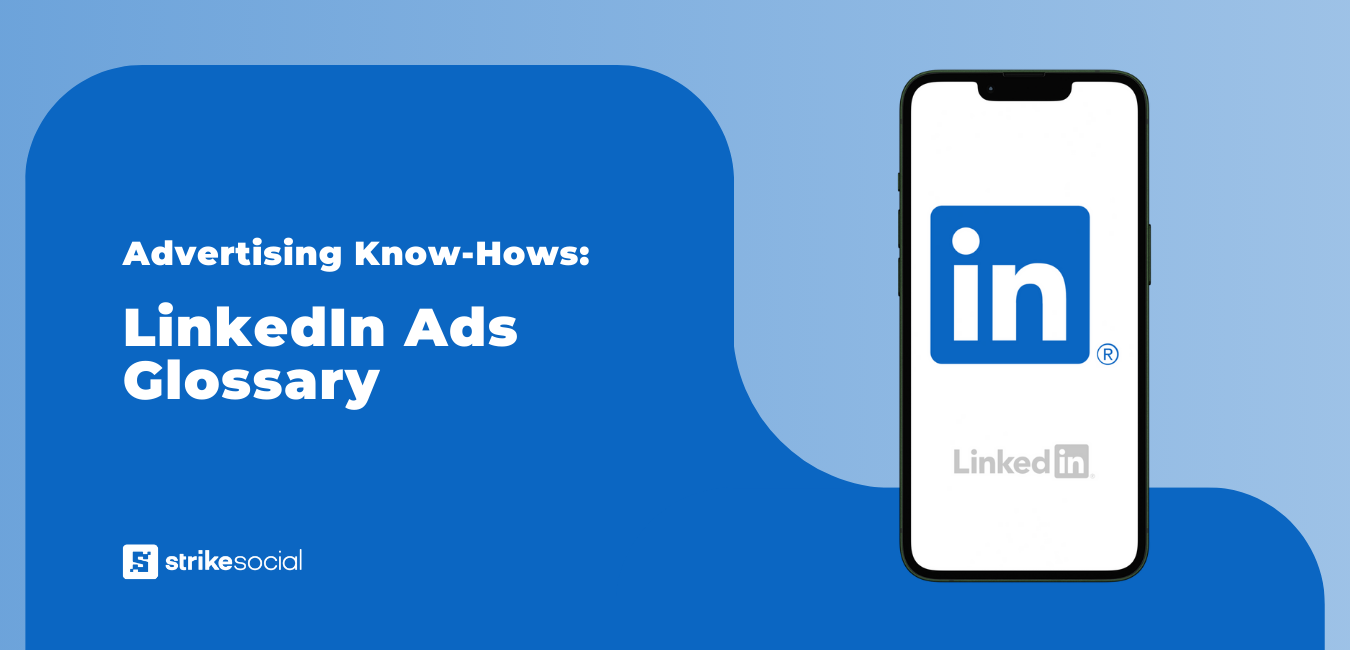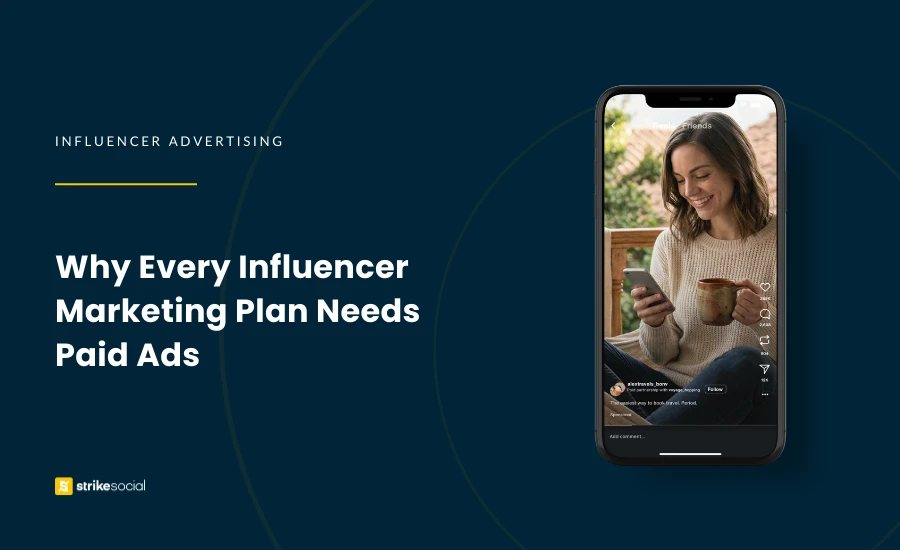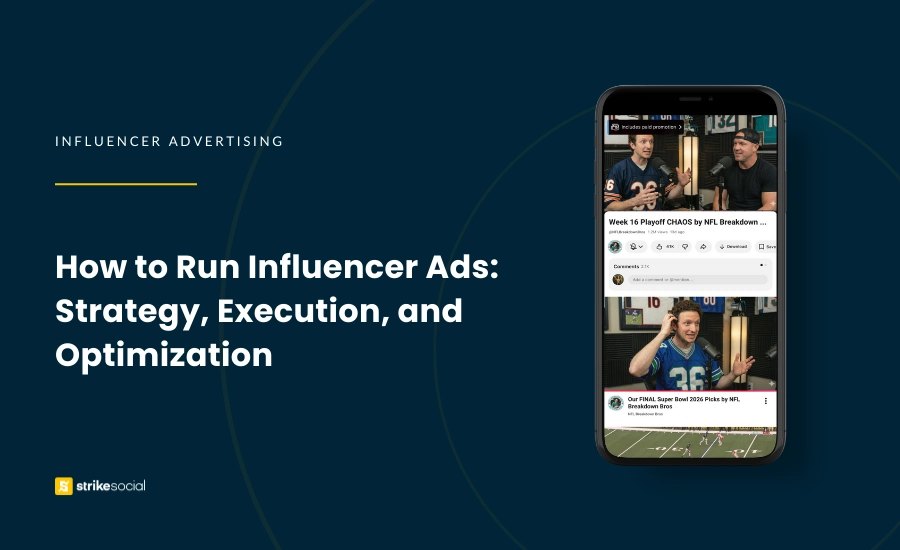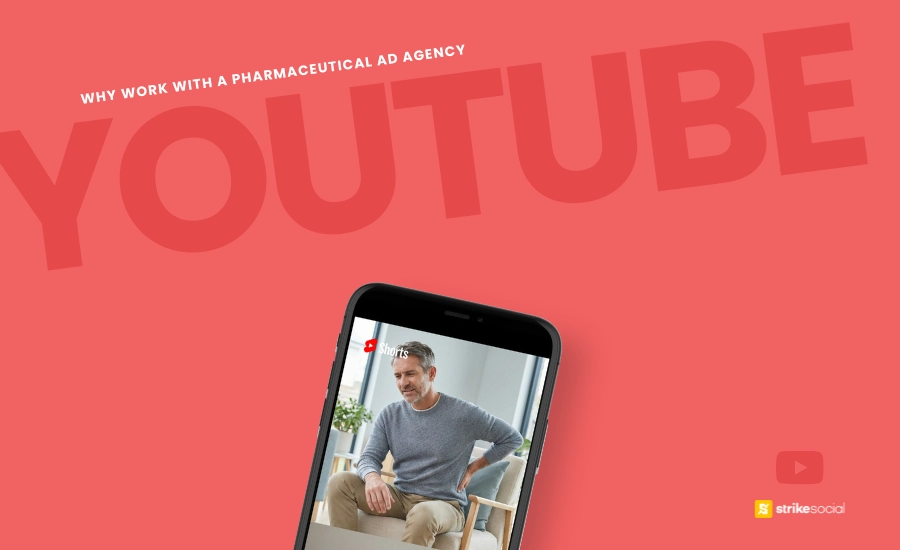Although LinkedIn might not be your initial choice for social media advertising, it’s reassuring to have access to a LinkedIn ads glossary for when you do decide to utilize it. Fear not, many of the key terms and concepts you’ll encounter here are familiar and easily translatable from other social media advertising platforms. Whether you’re just getting started or seeking a deeper understanding of LinkedIn’s advertising terms, this glossary is designed to equip you with the knowledge you need.
The Complete LinkedIn Ads Glossary: Essential Terms and Concepts
Despite its higher advertising costs, LinkedIn managed to accrue nearly $4 billion in ad revenue in 2023, and experts predict a growth rate of 14.1% by 2024. While it may not boast the same colossal figures as industry giants Google and Meta, LinkedIn’s appeal lies in its unique targeting capabilities. Businesses can leverage LinkedIn’s sophisticated targeting options to tailor their B2B sales efforts based on factors such as company, seniority, job title, or a combination thereof. Since LinkedIn is closely tied to professional identity and resume building, advertisers can also reach users who actively showcase their career achievements and skills on the platform.
As Leesha Anderson, Vice President of Digital Marketing and Social Media at Outcast ad agency, succinctly puts it, “This is LinkedIn season.” With increasing interest from brands, there’s no better time than now to ensure you’re fully informed about advertising on this platform. Explore our LinkedIn ads glossary to master the ins and outs of advertising on LinkedIn.
Basic LinkedIn Terms
LinkedIn Marketing and Advertising Terms
LinkedIn Ad Management Terms
Decode the basics of LinkedIn advertising, where we break down fundamental terminology for beginners and provide insights to kickstart your marketing journey on the platform.
Discover key terms, strategies, and concepts essential for crafting successful LinkedIn marketing and advertising campaigns .
Master the intricacies of LinkedIn ad management with our specialized glossary, offering an in-depth understanding of essential terms and techniques to optimize your campaigns, drive engagement, and achieve your advertising goals effectively.
Easily navigate through the sections above to find the specific LinkedIn glossary ad term you’re seeking. Alternatively, you can browse through the LinkedIn advertising terms listed alphabetically below.
A/B Testing: A method used to compare two different versions of a marketing asset, such as an advertisement or webpage, to determine which performs better in achieving desired outcomes.
Ad copy: The written text within an advertisement intended to persuade viewers to take action.
Ad format: This represents how you would like your ads to appear on LinkedIn. Options include:
Ad headline: A concise text, usually 45-70 characters in length (depending on the LinkedIn ad specifications), designed to capture the audience’s attention before they view the entire advertisement.
Ad placement: The specific location on LinkedIn where an advertisement appears, such as in the newsfeed, on a company page, or within a LinkedIn article.
Ad rank: The position of an advertisement in the auction, determining its placement on LinkedIn. Higher ad ranks correspond to better positions on the search results page.
Ad targeting: Refining chosen audience for advertisements based on demographics, job titles, industries, interests, and other criteria.
Audience Expansion: A feature used to broaden the reach of a campaign by displaying ads to audiences with attributes similar to the target audience. This function applies to Matched Audiences and LinkedIn attribute targeting, allowing advertisers to target individuals based on factors such as skills or interests.
Awareness campaign: A campaign objective focused on increasing brand awareness and reaching a broader audience with promotional content.
Bid: The maximum price an advertiser is willing to pay for a desired action, such as a click or conversion.
Boosting: A process of increasing the visibility of a post on social media by paying to reach a wider audience beyond the post’s organic reach. Unlike traditional ads, boosted posts are selected directly from the brand’s social media account.
Brand awareness: A campaign objective aimed at increasing awareness of a brand, its products, or services among a target audience.
Business to Business (B2B): Involves businesses marketing their products or services to other businesses rather than individual consumers. This strategy typically involves targeting decision-makers within target companies to convey tailored messages that address their specific needs and interests.
Business to Consumer (B2C): Refers to businesses marketing directly to individual consumers, offering products and services tailored to meet their needs and preferences.
Campaign: A series of ad groups organized to achieve a specific marketing goal, such as increasing sales or generating leads for instance.
Campaign group: A subset of a LinkedIn advertising campaign containing a specific set of ads and targeting criteria.
Campaign Manager: A tool provided by LinkedIn to create and manage advertising campaigns, allowing advertisers to set objectives, target audiences, and monitor campaign performance within the platform.
Click-through rate (CTR): A metric that measures the percentage of users who click on an ad after viewing it, calculated by dividing the number of clicks by the number of impressions.
Click to Open Rate: The ratio of users who click within a Message or Conversation Ad to the number of times the ad is opened.
Connection: A LinkedIn user who has accepted a connection invitation, allowing for interaction and the sharing of updates between users.
Connection Limit: The maximum number of connections allowed for a LinkedIn user, capped at 30,000. Once this limit is reached, Follow becomes the default action for others viewing your profile.
Connection List: The roster of users with whom a LinkedIn user is connected, showcasing their professional network.
Connection Request: An invitation sent to another LinkedIn user to establish a connection and expand one’s professional network.
Consideration campaign: A campaign objective focused on encouraging interaction and engagement with a brand’s content or offerings.
Conversion: The desired action taken by a user in response to an advertisement or landing page, such as visiting a website, signing up for an email list, or making a purchase.
Conversion campaign: A campaign objective aimed at driving specific actions or conversions.
Cost cap bidding: A bidding strategy in which advertisers set a maximum cost per result, allowing LinkedIn’s Campaign Manager to adjust bids accordingly to meet the specified cost cap while maximizing campaign results.
Cost Per Click (CPC): The average cost incurred by advertisers for each click on their advertisements, calculated by dividing the total ad spend by the number of clicks received.
Cost Per View (CPV): The expense incurred by an advertiser for each instance in which their ad is viewed by a user. This metric is determined by dividing the total campaign spend by the number of views it garners.
Dynamic Ads: Personalized advertisements tailored to each LinkedIn member based on their profile data, including profile photo, company name, or job title.
Engagement: A campaign objective focused on increasing interactions with a brand’s content, such as likes, comments, shares, or clicks.
Engagement clicks: Interactions within an advertisement, including clicks on buttons, links, or interactive elements.
Followers: Users who subscribe to updates from another user without necessarily forming a mutual connection.
Geotargeting: The practice of customizing LinkedIn advertisements or content towards a specific geographic location.
Hashtag: A keyword or phrase preceded by the ‘#’ symbol, used to categorize and discover content related to specific topics or themes on LinkedIn.
Impressions: The total count of instances in which your content is displayed to LinkedIn users, regardless of whether it results in any interaction.
Invite to Connect: The action of sending a request to another LinkedIn user to establish a connection.
InMail: LinkedIn’s private messaging feature that allows users to communicate with other users outside their immediate network.
Job applicants: A campaign objective aimed at attracting qualified candidates and driving applications for job openings within a company.
Key Performance Indicator (KPI): A measurable value used to evaluate the performance of a specific business objective over time, with metrics such as CTR, CPC, and others commonly used as KPIs in advertising campaigns.
Landing Page: The webpage linked to an advertisement where users are directed upon clicking, often optimized for capturing leads or encouraging conversions.
Lead generation: A campaign objective focused on capturing contact information and generating leads using LinkedIn’s Lead Gen Form pre-filled with profile data.
LinkedIn Live: A feature that enables real-time video broadcasting on LinkedIn, allowing for live events, presentations, and discussions to engage with the audience in real-time.
LinkedIn Podcasts: A platform within LinkedIn for hosting and sharing podcast episodes directly on a user’s profile.
LinkedIn Polls: A feature allowing users to create and participate in polls on various topics.
Lookalike Audience: Allows advertisers to expand their audience by targeting users with similar characteristics to existing customers or contacts. (Note: This feature is no longer available as of 29 February 2024.)
Matched Audiences: An audience-building feature allowing advertisers to target LinkedIn members who have engaged with specific content or events, visited a website, or interacted with ads.
Maximum delivery bidding: An automated bid option where LinkedIn’s system sets bids to maximize the delivery of the campaign within the specified budget, aiming to achieve the most key results possible.
Messaging: A campaign objective focused on engaging with the audience through direct messaging or communication channels.
Network: The collective connections made by a user on LinkedIn.
Objective-Based Pricing: A pricing model where the campaign objective selected by the advertiser determines available ad formats, bidding strategies, and optimization goals for the campaign.
Predictive Audiences: An audience-building feature helping to expand campaign reach by creating an audience of individuals with similar characteristics to existing data sources likely to convert. This function applies to various data sources such as contact lists, conversion data, or Lead Gen Form data.
Premium: Subscription plans offered by LinkedIn that provide access to additional features and insights beyond the standard free version.
Premium Insights: Additional data and analytics accessible to LinkedIn premium subscribers.
Reach: The unique number of LinkedIn members exposed to an advertisement.
Retargeting: A marketing technique that involves advertising to users who have previously interacted with a brand or visited a website, aimed at encouraging them to return and complete a desired action.
Saved Audiences: Predefined audience segments saved within an advertising platform for future targeting.
Showcase Page: A dedicated subpage within a company’s profile on LinkedIn, highlighting specific brands, products, or initiatives to showcase their unique value propositions.
Sponsored post: A paid promotional post on social media, blogs, videos, or traditional media designed to reach a brand’s target audience.
Target cost bidding: A bidding strategy that allows advertisers to set a maximum cost for achieving specific outcomes, with LinkedIn optimizing campaign delivery to maximize conversions while adhering to the budget limit. (Note: This option is no longer available on LinkedIn).
Video views: A campaign objective aimed at increasing the number of views and engagement with video content shared on LinkedIn.
Website conversions: A campaign objective focused on driving specific actions or conversions on a website, such as form submissions or purchases.
Website visits: A campaign objective aimed at driving traffic to a website or marketing landing pages to increase user engagement and interactions.
Equip Yourself With the Right Tools Starting With This LinkedIn Ads Guide for Beginners
Keep this comprehensive glossary close at hand for when you’re ready to advertise on LinkedIn. Whether you’re just starting out or need a refresher, bookmark this post to revisit anytime.
We’re committed to keeping you informed in every aspect of paid digital advertising. Get your hands on the LinkedIn ad glossary one-pager to have essential information at your fingertips. Stay tuned for updates on LinkedIn advertising and valuable insights by subscribing to our newsletter.
Expand your expertise. Browse Strike Social’s latest blogs here:











